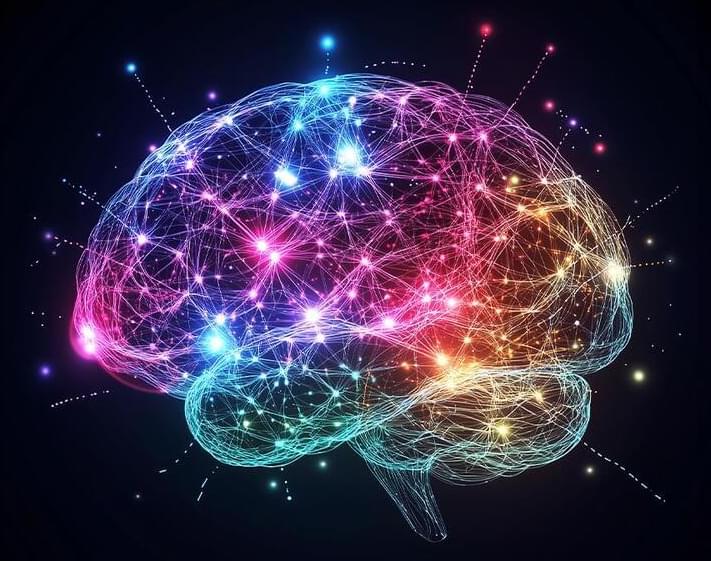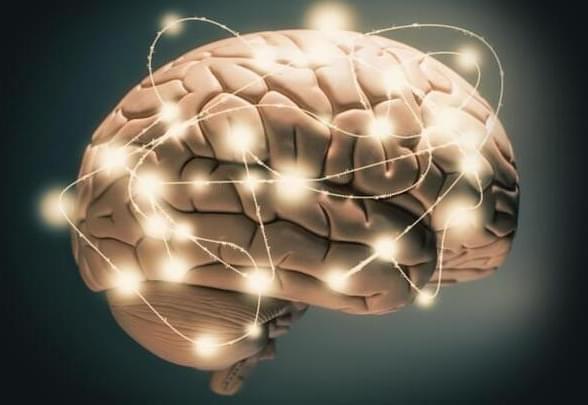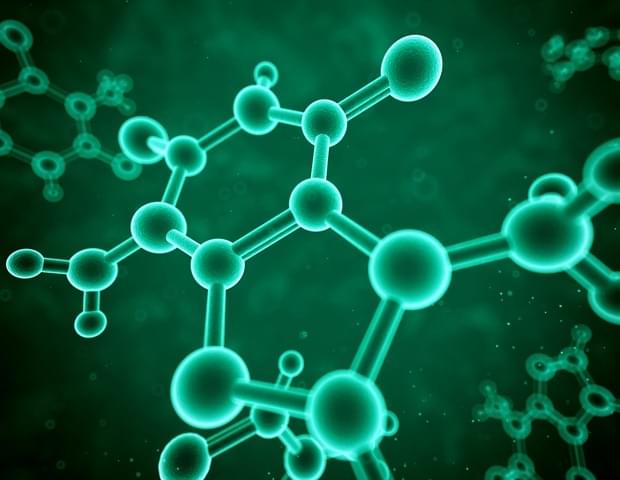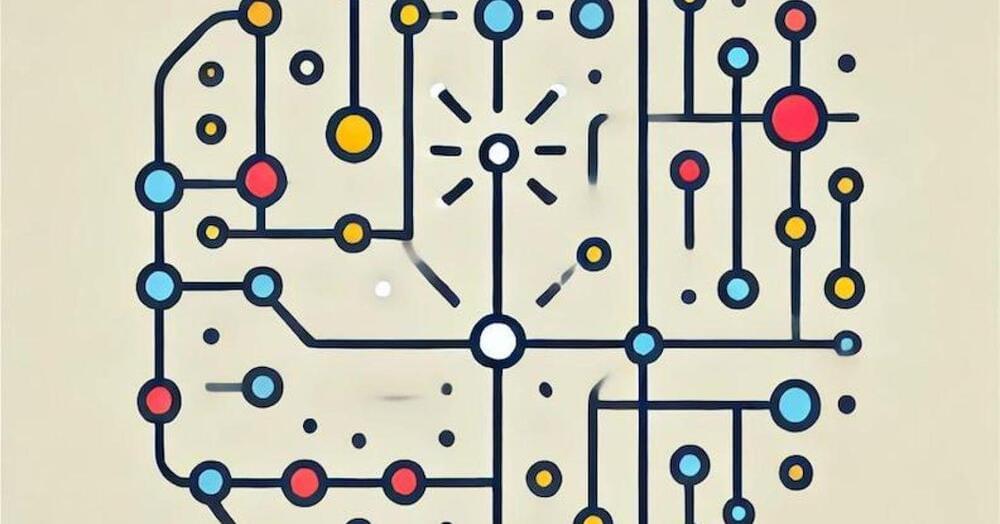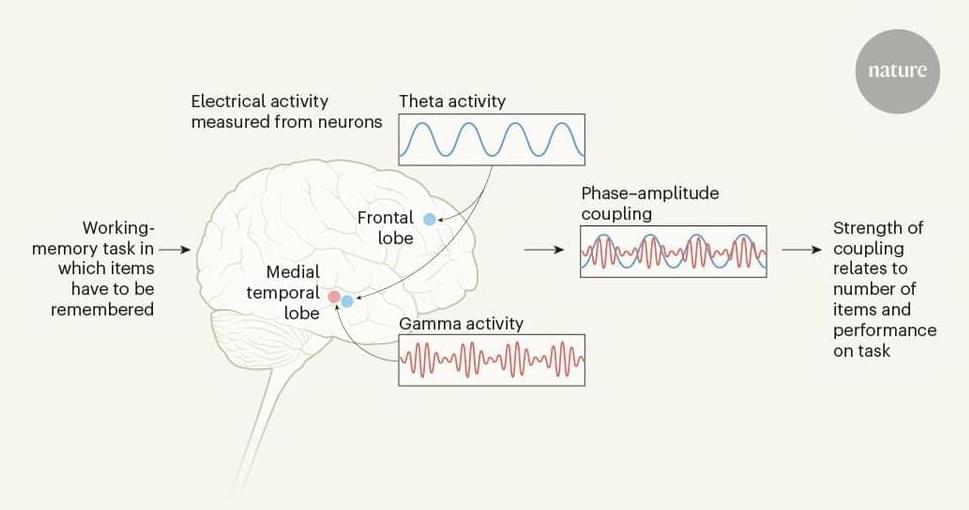Aug 14, 2024
Critical Flaw in Ivanti Virtual Traffic Manager Could Allow Rogue Admin Access
Posted by Saúl Morales Rodriguéz in categories: neuroscience, security
Ivanti releases critical security updates for vTM and Neurons for ITSM to fix vulnerabilities allowing unauthorized access. Update immediately.

